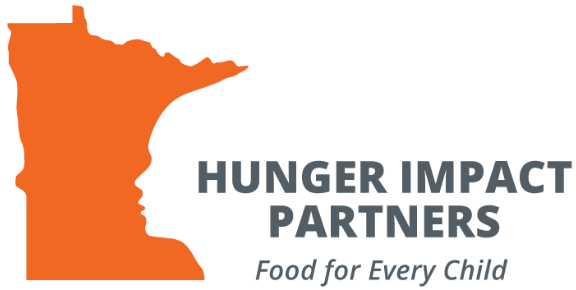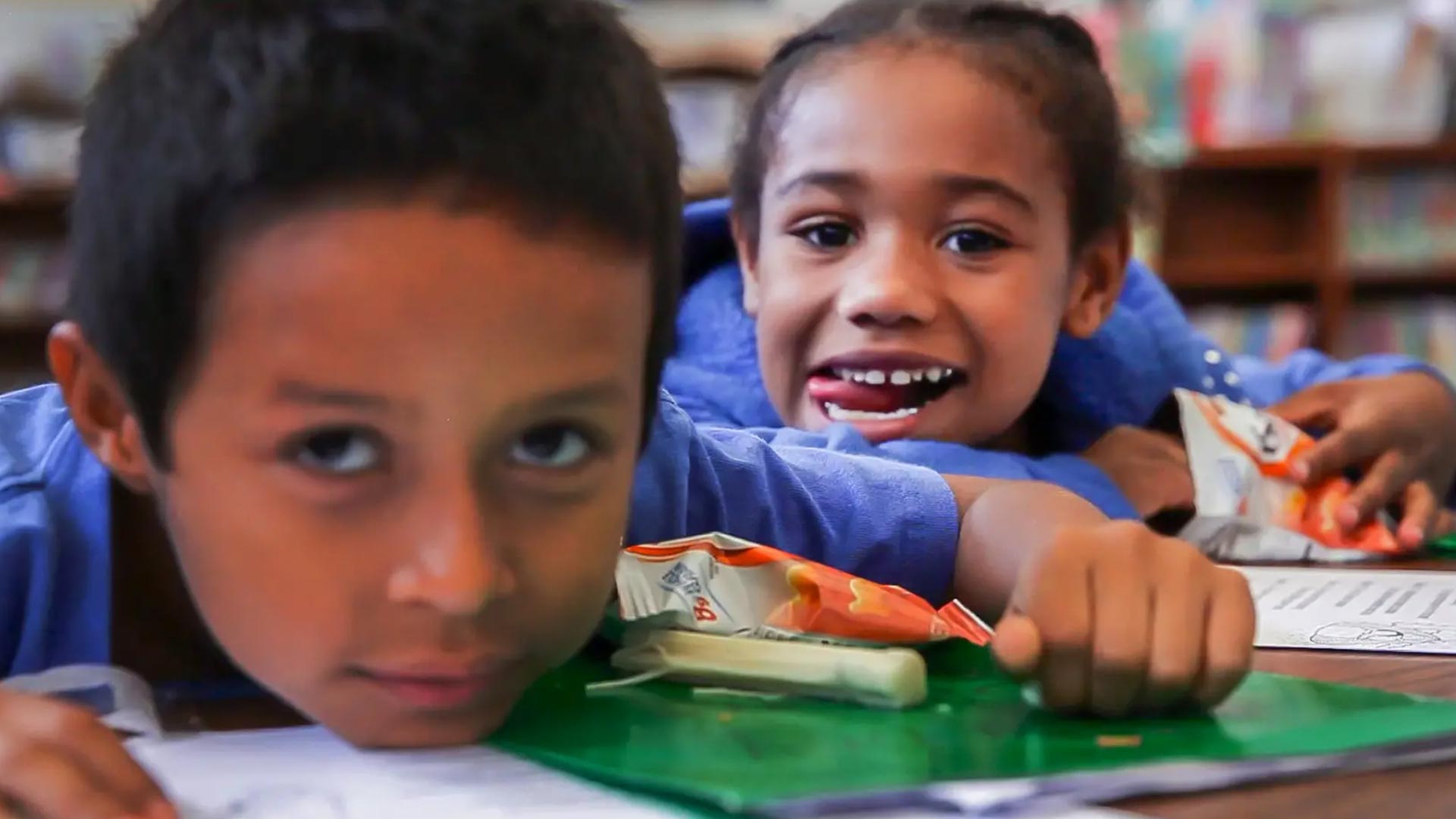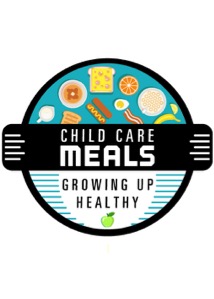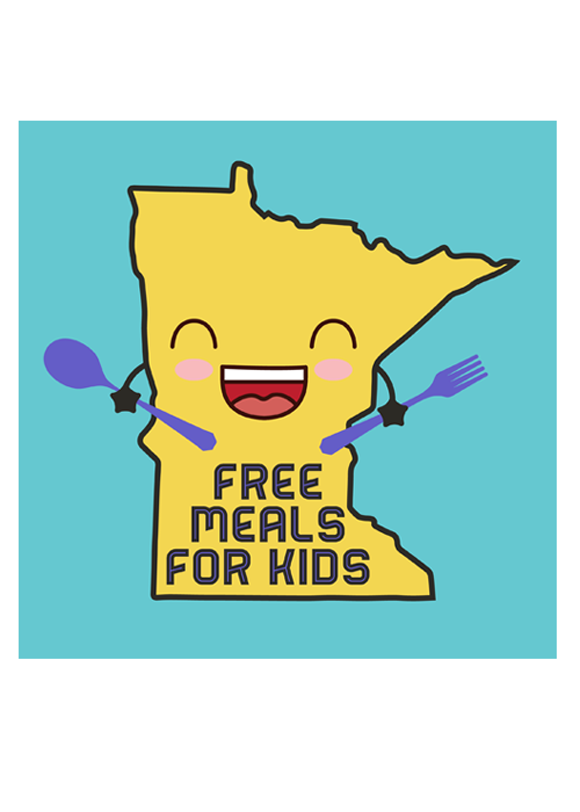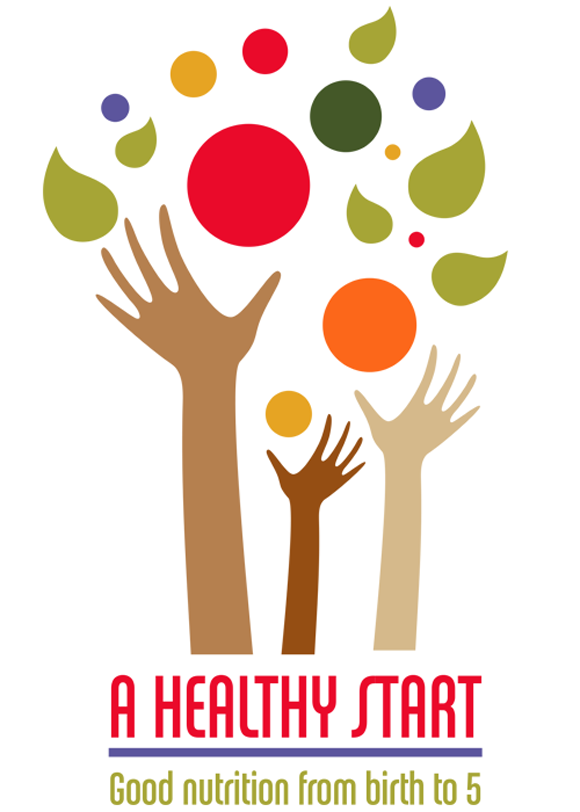After-School Meals
AFTER SCHOOL IS A LITTLE-KNOWN PROGRAM
The Child and Adult Care Food Program (CACFP) and its related At-Risk meal programs are U.S. Department of Agriculture (USDA) nutrition programs for children up to age 18 to access healthy meals outside of the traditional school day.
“At-Risk” in this context refers to the challenge of meeting nutritional needs when kids are away from school or home.
Pre-pandemic, only 9 percent of At-Risk after-school meals are provided to eligible youth.
Schools and other organizations that host children and youth programs are eligible to receive federal reimbursements for meals and snacks based on certain criteria. The Minnesota Department of Education (MDE). administers the program.
In Minnesota, only a small percentage of eligible school sites participate in these meal programs, even though well over half of children in after-school programs are eligible to eat these meals.
There are about 130,000 kids who are eligible, and we’re aiming to increase these after-school meals for children.
Challenges
There are many challenges with these lesser-known programs.
- They have complex tracking and reporting requirements, utilization and access to the program is rising, and relatively few sites offer the program.
- There are limited administrative hours and staffing challenges for food service workers.
- Compliance requirements are also cumbersome, and there is a shortage of the required program sponsors.
- It’s difficult to feed kids after classes end when they’re participating in such after-school activities as sports, drama, debate and other extra-curricular interests.
Our approach
We collaborated with our colleagues at MDE and identified two initial strategies to feed hungry children after school:
- Enlist more out-of-school activities in CACFP At-Risk meal program at sites that participate in CACFP.
- Move more programs from snacks to serving more substantial evening meals. Snacks generate less federal reimbursement money and give kids less food.
The At-Risk program is relatively new to Minnesota. In partnership with our stakeholders, we are:
- Raising awareness of the program and of the greater opportunity reflected in supper versus snack service.
- Reaching out to after-school academic programs in schools and communities.
- Working with summer feeding sites to offer CACFP suppers.
- Migrating existing snack participation to supper or adding supper service to a program.
- Using incentives to spur participation.
Our Goal
Help kids fuel up.
